1939–1945 → Capital Liberec | Flag Coat of arms | |
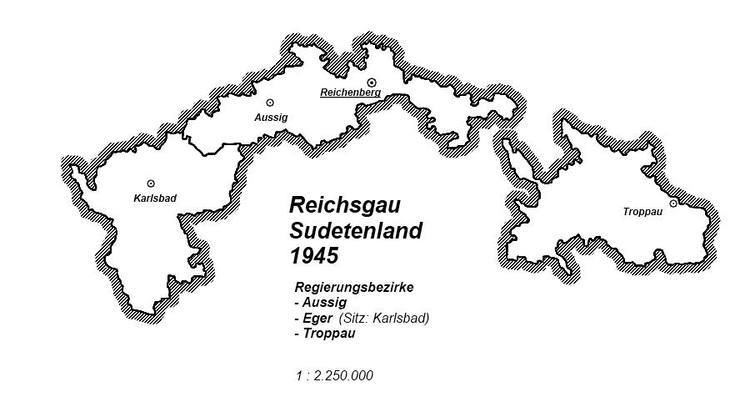 | ||
Graslitz reichsgau sudetenland kraslice okres sokolov cz 10 8 2013
The Reichsgau Sudetenland was an administrative division of Nazi Germany from 1939 to 1945. It comprised the northern part of the Sudetenland territory, which was annexed from Czechoslovakia according to the 1938 Munich Agreement. The Reichsgau was headed by the Sudeten German activist Konrad Henlein in the rank of a Reichsstatthalter. The administrative capital was Reichenberg (Liberec).
Contents
- Graslitz reichsgau sudetenland kraslice okres sokolov cz 10 8 2013
- Graslitz markhausen reichsgau sudetenland kraslice hranicna cz 10 8 2013
- History
- Gauleiter
- Administration
- Regierungsbezirk Aussig
- Urban districts
- Rural districts
- Regierungsbezirk Eger
- Regierungsbezirk Troppau
- References
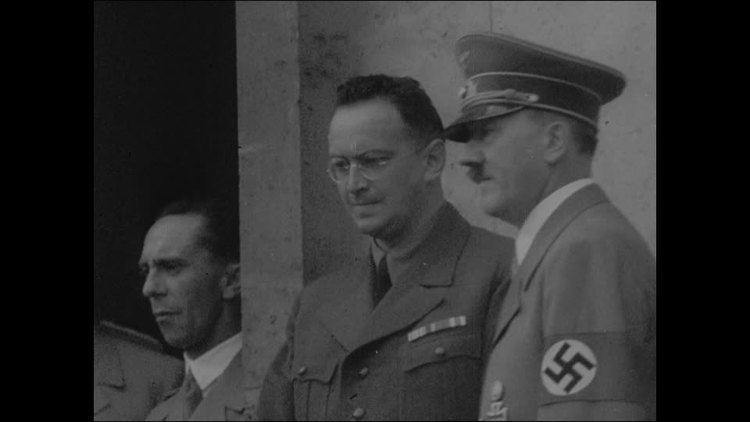
Graslitz markhausen reichsgau sudetenland kraslice hranicna cz 10 8 2013
History
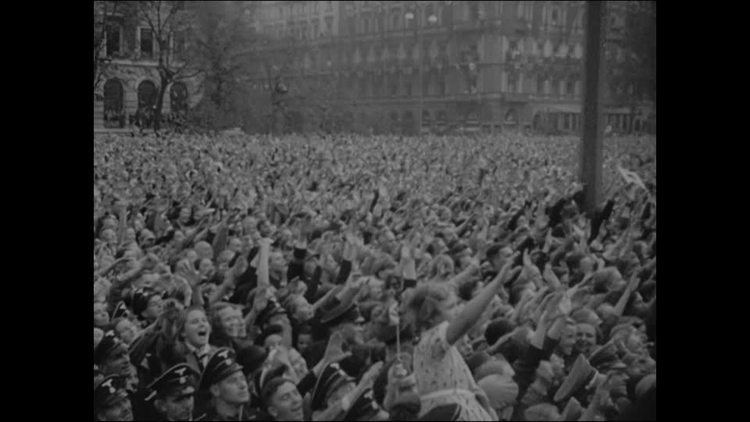
In the course of the German occupation of Czechoslovakia, on 30 September 1938 the Heads of Government of the United Kingdom, France, Italy, and Germany signed the Munich Agreement, which enforced the cession of the Sudetenland to Germany. Czechoslovak representatives were not invited. On 1 October, invading Wehrmacht forces occupied the territory. The new Czechoslovak-German borders were officially fixed in a treaty on 21 November 1938. In consequence, the Czechoslovak Republic lost about one third of its population, its most important industrial area, and also its extended border fortifications.
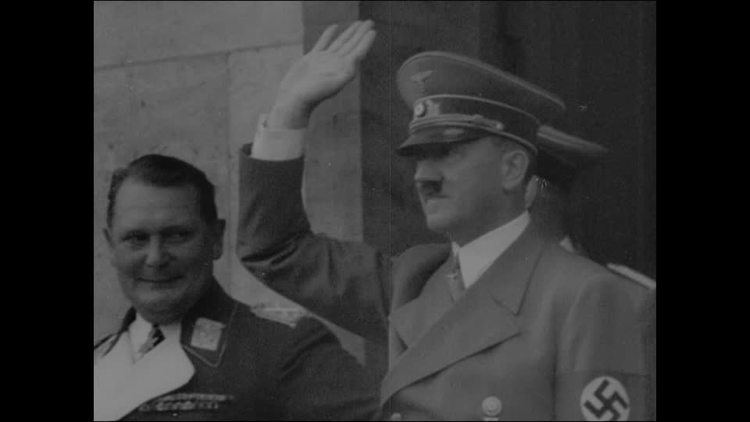
Initially, the German Army (Heer) established a civil administration under occupational law. On 1 October 1938, Konrad Henlein was appointed Reichskommissar of Sudetenland; however he did not assume power until 20 October. The Sudeten German Party was merged into the Nazi Party, all other political parties were banned. The Czech population had to accept German citizenship or were expelled and forcibly relocated to the Czechoslovak rump state, which itself from March 1939 was occupied by Germany and incorporated as "Protectorate of Bohemia and Moravia".
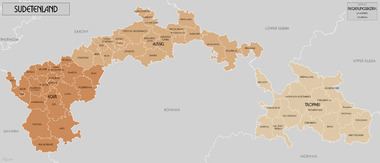
The Reichsgau was established by law of 25 March 1939, with effect from 15 April. The administrative structure was fixed on May 1. Smaller areas in the east, such as the Hlučín Region, were ceded to the Prussian Province of Silesia, while the western and southern Sudetenland territories were attached to the Bavarian Gau Bayreuth as well as to the Austrian Reichsgaue Oberdonau and Niederdonau.
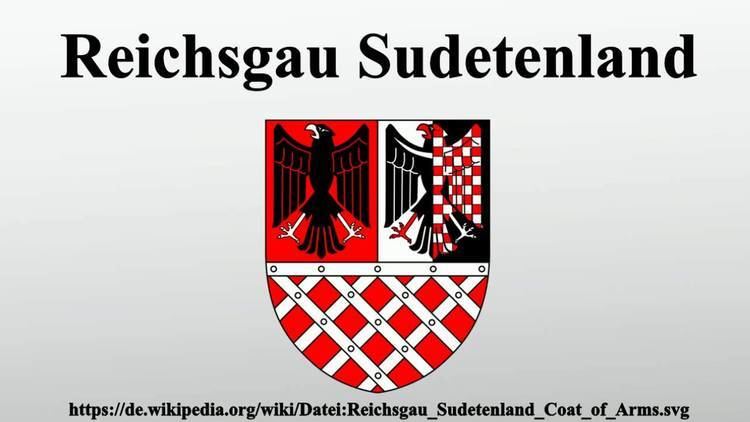
After Germany's defeat in World War II, the Czechoslovak state was re-established and the Sudeten German population was expelled.
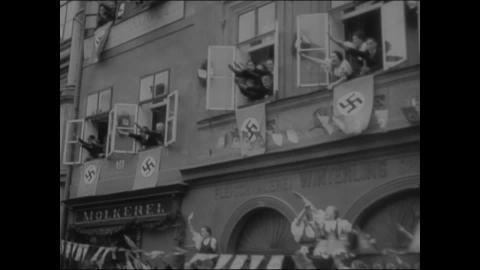
The Theresienstadt concentration camp was located in the Protectorate of Bohemia and Moravia, near the border to the Reichsgau Sudetenland. It was designed to concentrate the Jewish population from the Protectorate and gradually move them to extermination camps and also held Western European and German Jews. While not an extermination camp itself the harsh and unhygienic conditions still reuslted in the death of 33,000 of the 140,000 Jews brought to the camp while a further 88,000 were sent to extermination camps and only 19,000 survived.
Gauleiter
Administration
The Reichsgau Sudetenland was divided into three Regierungsbezirke. These were subdivided into 58 districts (Kreise), largely corresponding to the former Czechoslovak okresy:
Regierungsbezirk Aussig
President:
Urban districts
- Aussig
- Reichenberg
Rural districts
- Aussig
- Bilin
- Böhmisch Leipa
- Braunau
- Brüx
- Dauba
- Deutsch Gabel
- Dux
- Friedland (Isergebirge)
- Gablonz an der Neiße
- Hohenelbe
- Komotau
- Leitmeritz
- Reichenberg
- Rumburg
- Schluckenau
- Teplitz-Schönau
- Tetschen-Bodenbach
- Trautenau
- Warnsdorf
Regierungsbezirk Eger
President:
Urban districts
- Eger
- Karlsbad
Rural districts
- Asch
- Bischofteinitz
- Eger
- Elbogen
- Falkenau an der Eger
- Graslitz
- Kaaden
- Karlsbad
- Luditz
- Marienbad
- Mies
- Neudek
- Podersam
- Preßnitz
- Saaz
- Sankt Joachimsthal
- Tachau
- Tepl
Regierungsbezirk Troppau
President:
Urban districts
- Troppau
Rural districts
- Bärn
- Freiwaldau
- Freudenthal
- Grulich
- Hohenstadt
- Jägerndorf
- Landskron
- Mährisch Schönberg
- Mährisch Trübau
- Neu Titschein
- Römerstadt
- Sternberg
- Troppau
- Wagstadt
- Zwittau
